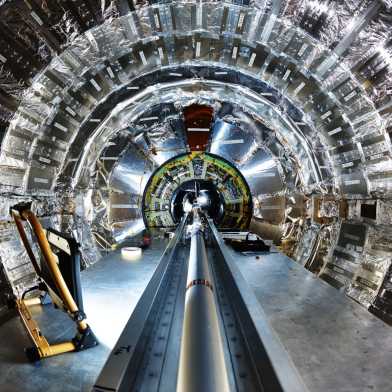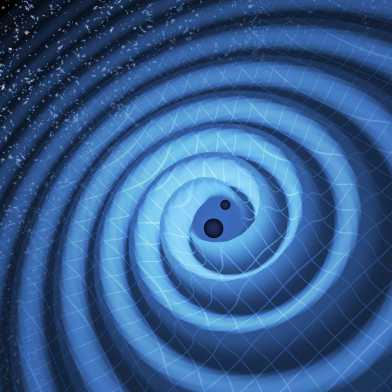News
Childpage navigation
Elaborate search for a new force
D-PHYS

Scientists are using trapped ions in experiments to search for signs of a new particle that could help explain the mysterious dark matter. Researchers at ETH Zurich are combining their results with findings from teams in Germany and Australia.
Back in the running with ERC grants
- D-HEST
- D-BSSE
- D-BIOL
- D-PHYS

Two biologists, an engineer, a physicist and a health scientist from ETH Zurich have been awarded ERC Advanced Grants worth around 12 million euros. The researchers are among the first in Switzerland to receive this prestigious EU research funding after a hiatus of several years.
Innovation needs freedom
- D-ITET
- D-PHYS

ETH alumni Moritz Lechner and Felix Mayer have founded Sensirion, an internationally successful company. Now the two physicists look back. What has remained of their education at one of the best universities in the world?
A degree for the quantum age
- D-ITET
- D-PHYS

In 2019, ETH Zurich launched one of the world’s first Master’s degrees in Quantum Engineering. Since then, interest in the programme has soared – and its first graduates are already making their mark in industry.
Ultra-thin lenses that make infrared light visible
D-PHYS

Physicists at ETH Zurich have developed a lens with magic properties. Ultra-thin, it can transform infrared light into visible light by halving the wavelength of incident light.
Happy Birthday, ESA!
- D-USYS
- D-PHYS
- D-EAPS

The European Space Agency (ESA) is celebrating its 50th anniversary. ESA has helped make Europe more technologically independent and has played a key role in space exploration in recent decades. And ETH Zurich has always been one of its partners on its journey.
Six professors appointed
- D-MTEC
- D-MATH
- D-HEST
- D-EAPS
- D-CHAB
- D-BIOL
- D-USYS
- D-BAUG
- D-ITET
- D-ARCH
- D-MAVT
- D-PHYS

At the meeting on 21st and 22nd May 2025, the ETH Board appointed two female and four male professors at the request of ETH President Joël Mesot. The Board also awarded the title of "Professor" three times and the title of "Professor of Practice" twice.
To search for new physics, cast a wide net to sieve through particle data

Thea Klaeboe Aarrestad talks about her research at CERN and retraces how she became interested in the power of machine learning methods for particle physics.
Ten years of gravitational-wave detections

We spoke with Michele Vallisneri about his recent move to ETH Zurich, his research plans and the profound impact of the first gravitational-wave detection in 2015.
What if we don’t find any life on the exoplanets, Doctor Angerhausen?
D-PHYS

The planned space missions to search for remote life will provide valuable insights even if they do not find any evidence of life, says astrophysicist Daniel Angerhausen.